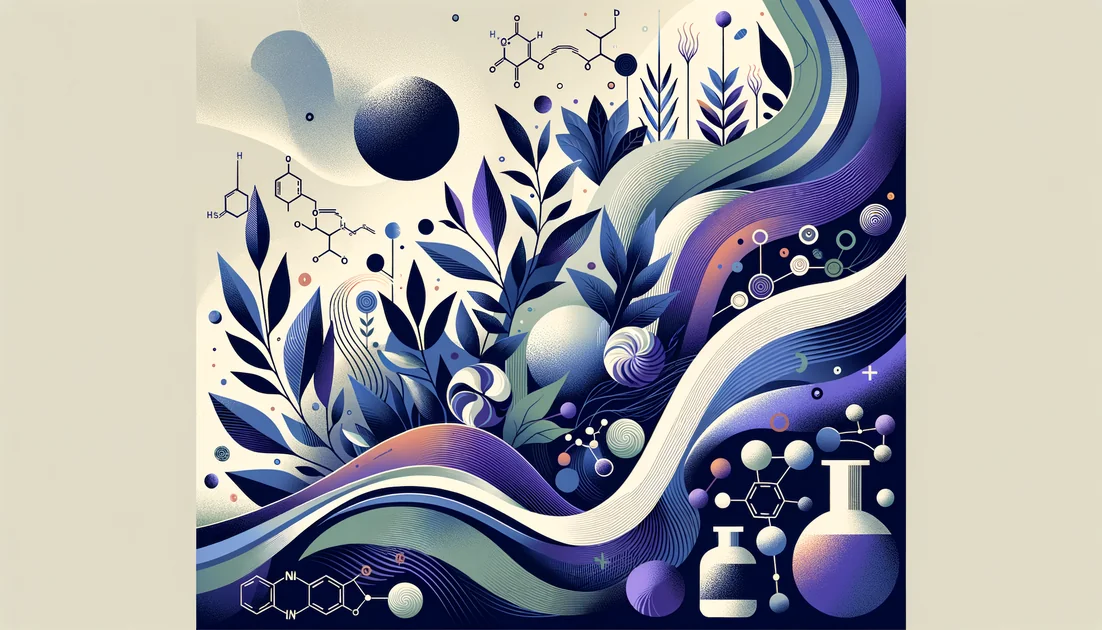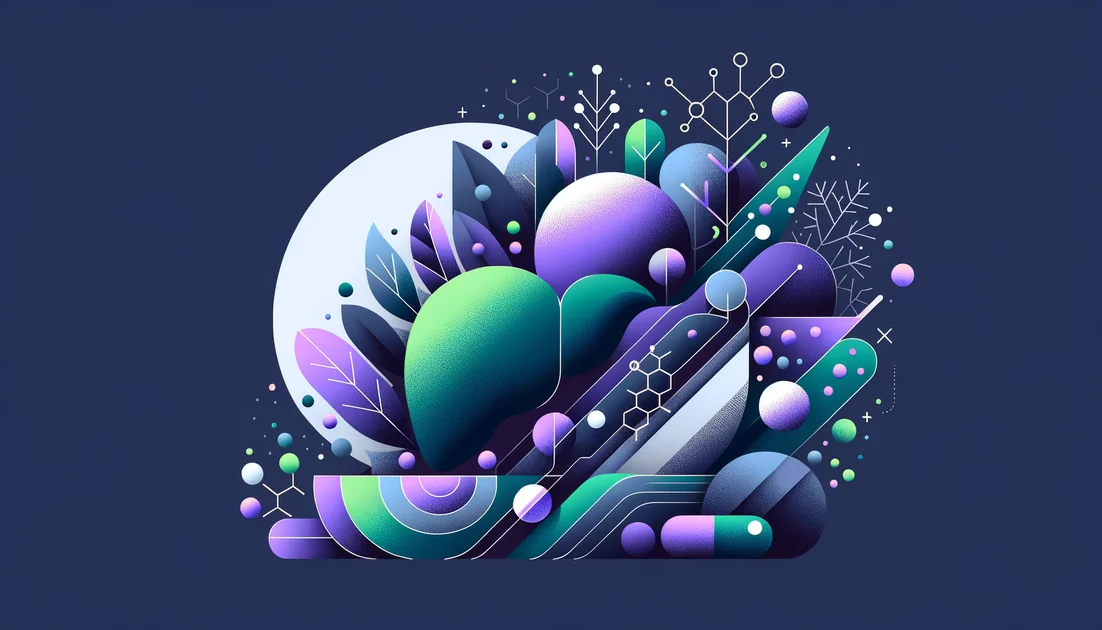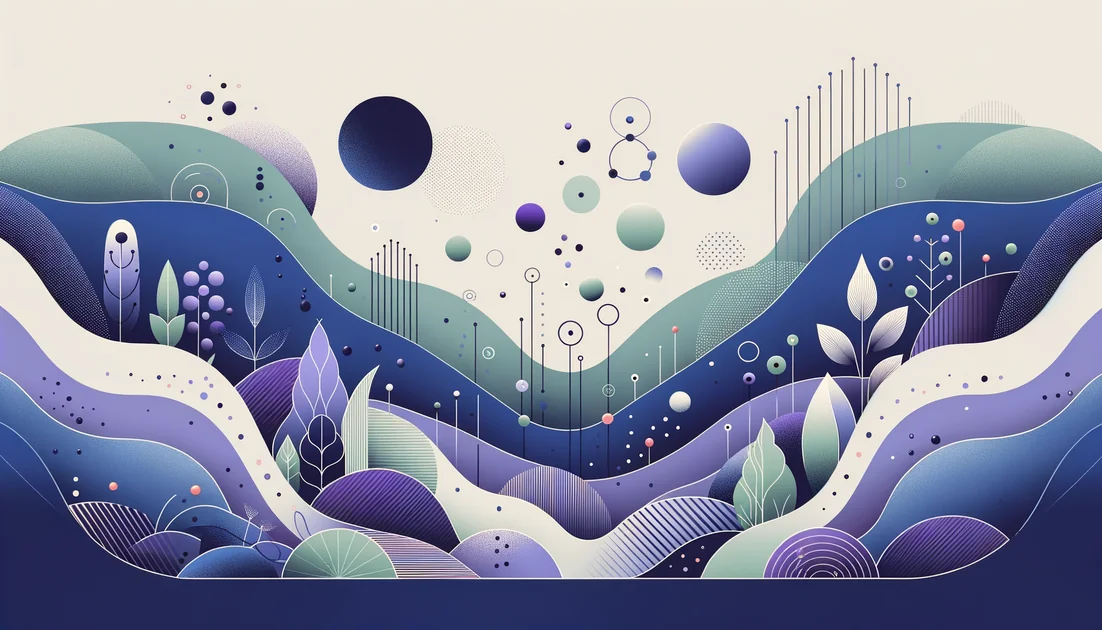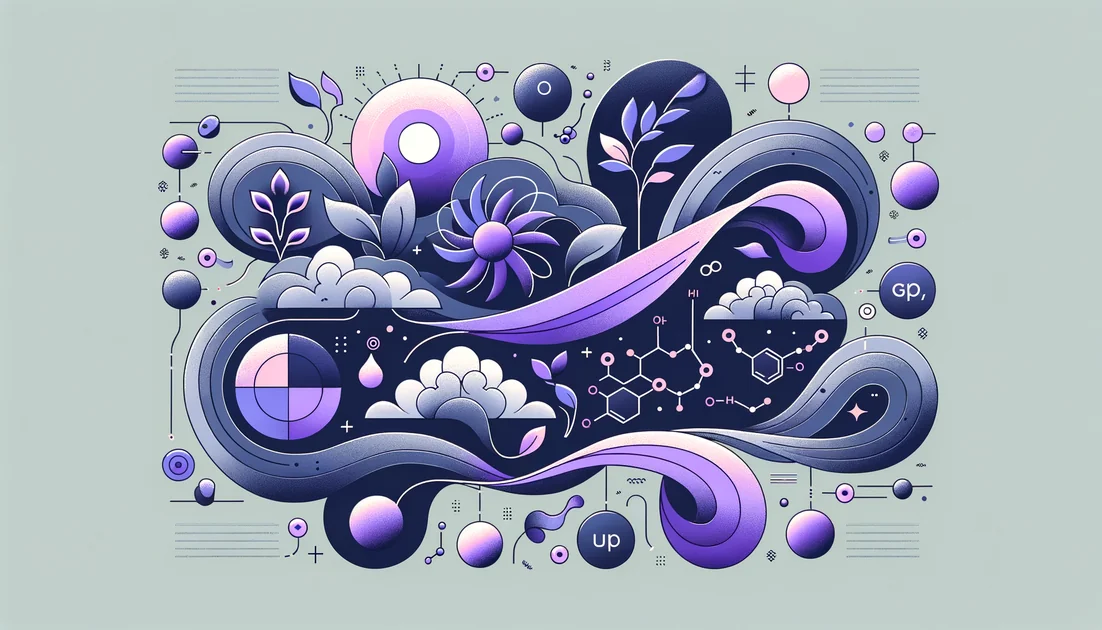
Apigenin vs Chamomile Extract
For evidence-backed calming, choose standardized chamomile extract; it has human trials for GAD and sleep quality. Pick isolated apigenin if you want a single-compound stack and accept that human efficacy data are lacking. [1][2][5][6]
Chamomile extract edges out for typical needs (calm, sleep quality) because it has multiple human trials and defined standards. Apigenin offers dosing simplicity and consistency but lacks clinical outcomes and has poorer standalone bioavailability. If you're on warfarin or highly polypharmacy, avoid chamomile; if you need RCT-backed relief, prefer standardized chamomile at studied doses. [1][2][5][6][7][8]
The Comparison
Standardization: Commonly sold as ≥95–98% apigenin aglycone; not tied to a pharmacopeial extract standard.
Dosage: Marketed 50–100 mg at bedtime; no human RCT-established dose for sleep/anxiety.
Benefits
- •Single-compound consistency
- •Theoretical GABAergic modulation and neurocalming mechanisms
- •Easy to stack with other agents
Drawbacks
- •Human clinical evidence for sleep/anxiety is lacking
- •Oral aglycone shows low systemic availability due to rapid conjugation
- •In vitro CYP3A4/2C9 inhibition raises interaction potential
Safety:Generally well-tolerated in foods; supplement data limited. Potential CYP3A4/2C9 inhibition in vitro—caution with narrow-therapeutic-index drugs metabolized by these enzymes. [10][11][12]
Standardization: Examples: DER 4:1 ethanol/water extract standardized to ~1.2% apigenin-7-glucosides (Api-7Glc). USP monograph sets marker minima incl. apigenin-7-glucoside for crude drug.
Dosage: Clinical trials: 500 mg capsule three times daily (total 1500 mg/d; ~6 mg flavonoids per 500 mg). Pilot insomnia trial used 270 mg twice daily.
Benefits
- •Human RCTs show modest anxiolytic effects in GAD; meta-analyses suggest improved sleep quality (not insomnia duration)
- •Glycoside forms show better absorption vs aglycone in humans
- •Widely available; pharmacopeial markers support quality control
Drawbacks
- •Evidence for chronic insomnia endpoints is mixed/negative
- •Large daily capsule burden (e.g., 1500 mg/d in trials)
- •Interaction cautions (e.g., warfarin) and allergy risk (Asteraceae)
Safety:Generally safe short term; watch for ragweed-family allergy and anticoagulant interaction risk (case report with warfarin). Possible interaction with cyclosporine. [1][2][3][4][13]
Head-to-Head Analysis
Efficacy for anxiety (GAD) Critical
Winner:German Chamomile Extract (Matricaria recutita)• Importance: high
Efficacy for sleep Critical
Winner:German Chamomile Extract (Matricaria recutita)• Importance: high
Onset/time-to-effect
Winner:German Chamomile Extract (Matricaria recutita)• Importance: medium
GAD improvements seen within 2–4 weeks on HAM-A; apigenin lacks time-course data in humans. [6]
Side effects/tolerability Critical
Winner:Tie• Importance: high
Standardization/consistency
Winner:Apigenin (isolated flavone)• Importance: medium
Bioavailability/formulation
Winner:German Chamomile Extract (Matricaria recutita)• Importance: medium
Cost/value per evidence-backed dose
Winner:German Chamomile Extract (Matricaria recutita)• Importance: medium
Stacking compatibility/contraindications
Winner:Apigenin (isolated flavone)• Importance: medium
Common Questions
What dose is best?
Chamomile GAD trials used 500 mg capsules three times daily of a standardized extract. No clinically validated apigenin dose exists for sleep or anxiety. [1][2]
Can I just drink chamomile tea?
Tea can help some people relax, but RCTs used standardized extracts with known flavonoid content; tea dosing is variable. [1][13]
Will apigenin make me sleepy?
Human sleep data are lacking; mechanisms are theoretical. If used, start low and monitor for next-day sedation or interactions. [10][11]
Is chamomile safe with blood thinners?
Avoid or seek medical supervision; a case report linked heavy chamomile use with major bleeding on warfarin. [3]
Which is better for strict ingredient control?
Apigenin—single active with ≥95–98% purity. Chamomile extracts vary but can be standardized (~1.2% apigenin-7-glucosides). [4]
Which Should You Choose?
Mild–moderate generalized anxiety (non-urgent relief over weeks)
Improving sleep quality/less nighttime waking (not primary insomnia)
Simple, single-ingredient stack alongside magnesium/L-theanine
Choose:Apigenin (isolated flavone)
Apigenin provides a consistent single active; acknowledge evidence gap for outcomes. [10]
On warfarin or with ragweed/chrysanthemum allergy
Choose:Apigenin (isolated flavone)
Prefer products with pharmacopeial markers and documented extract specs
You might also like
Explore more of our evidence-led investigations, comparisons, and guides across every article style.

Allergy Research Group (ARG)
Practitioner-grade, hypoallergenic testing culture—with premium pricing and limited public COAs

TMG (betaine anhydrous; trimethylglycine) vs Betaine HCl (betaine hydrochloride)
Pick TMG if your goal is methylation/homocysteine support; pick Betaine HCl only for short-term gastric acid support (e.g., with pH-dependent drugs) and ideally under clinician guidance. [3][1][2][10][11]

Best for Fatty Liver (NAFLD/MASLD and NASH)
Omega-3s (EPA/DHA)

Coenzyme Q10 (CoQ10)
A young biochemist peered into a test tube of beef-heart extract and saw yellow crystals that would help explain how cells make energy—and later stir hope, debate, and a few surprises.

Alpha GPC + Uridine: Can This Duo Build Better Synapses?
The duo is a plausible dual-pathway stack (choline + uridine) with animal and mechanistic support; direct Alpha GPC + UMP human data are lacking, so synergy is theoretical, not proven.

Tocotrienols
The stealthier cousins of vitamin E—built with springy tails that move differently in cell membranes and behave differently in your body.



